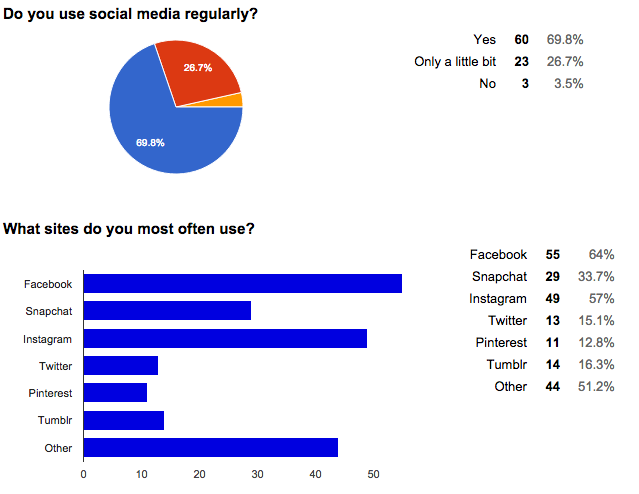Last year I was part of a Technology Curriculum group that met several times throughout the year to discuss our school’s philosophy of technology and design as well as how we sought to articulate our curriculum both vertically and horizontally. The philosophy statement we came up with was:
Humans design, use and interact with technologies in innovative ways to address needs and challenges in their lives and in the world.
Technologies assist and enhance learning in all subject areas. Students also need to learn the skills and processes of design thinking to become capable innovators.
UNIS Hanoi strives to develop young people who are confident in addressing the needs and challenges of individuals and communities through the design process.
Learning about the interaction between design and technologies helps students make discerning decisions and develop solutions that shape a more sustainable future.
During these conversations, it became clear that technology could not be limited to discrete subjects (ie. Tech Class), nor could it solely reside as ‘tech integration’. It doesn’t make sense to teach kids how to create a Powerpoint simply to learn the software; the students need to learn the software to accomplish an actual class goal. However, some subjects (like programming) can not be taught by most teachers within the context of other subjects. To learn how to program, you need to take a class in programming.
This year, our principal was concerned about whether or not our assumptions about student knowledge regarding technology were accurate. Were there students falling through the cracks? How do we know whether they have the technology skills that we assume they have at each grade level?
He asked me to identify a few key areas that we could focus on so we could present them to the department heads and see where they fit within the curriculum. The core areas of tech skills that I came up with were:
- basic knowledge of hardware, operating systems, and software
- digital citizenship
- information management
- media production
- research skills
Afterwards, I began working with our Director of Learning to see how these ideas would fit within the broader curriculum. She immediately connected them with the MYP’s Approaches to Learning, a set of transdisciplinary skills that cover five central areas:
- Communication
- Social Skills
- Self-Management
- Research Skills
- Thinking Skills
The MYP does not spell out exactly what these skills look like, because the idea is that each school needs to develop their own vision and implementation. As I looked at the examples they gave, however, it became very clear to me that technology was a strand running through all five areas.
This raised a broader question: Do we look at technology as a subject unto itself and see how it fits within each of the ATL areas? Or do we look at each of the different ATL areas separately and weave technology use into it?
I do not have an answer to these questions, but one of my goals for next year is to work with our Director of Learning principal, and all of the teachers to create a comprehensive picture of when, what, how and why we are teaching different tech skills across the school. Since a project like this depends on the coordinated efforts of a large number of people, I am not sure about how feasible it will be. However, I do know that it needs to happen and that for the sake of our students we need to be able to fully support them and their use of technology at UNIS Hanoi.

